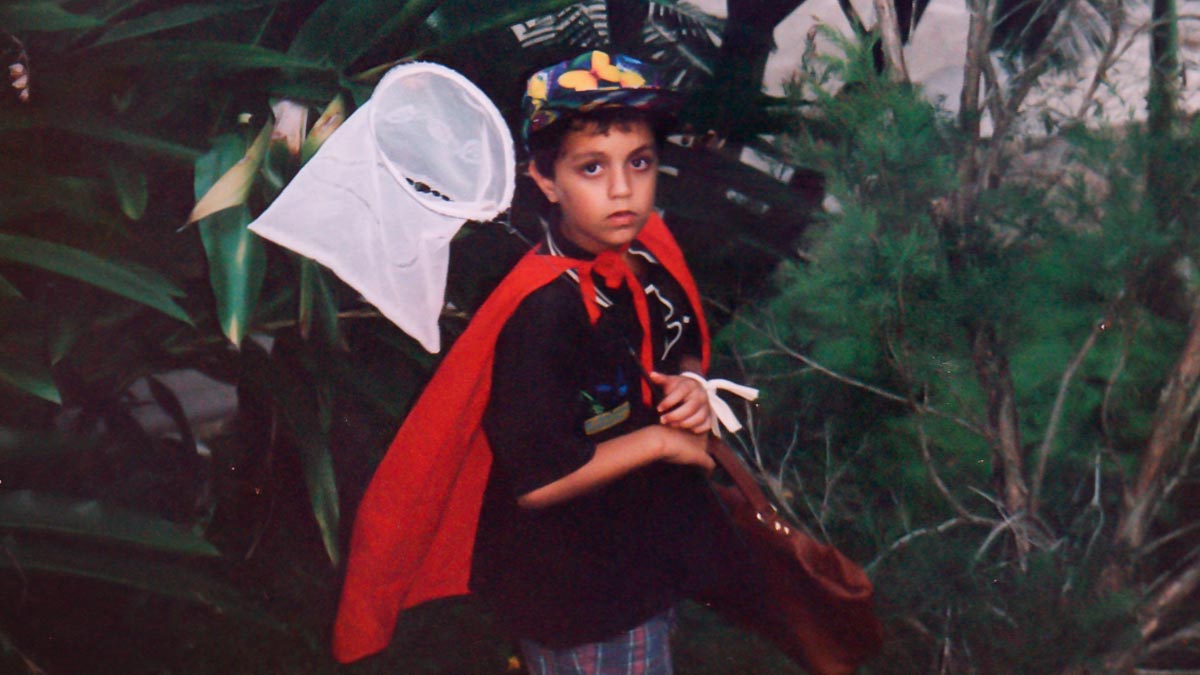The secret shame of being neurodivergent in a world built for ‘normies’
As an undiagnosed autistic and ADHD child, my favorite part of primary school was the weekly show-and-tell sessions.
It wasn’t so much the storytelling aspect of this activity that appealed to me, as it was the occasional chance to present.
But whatever the focus of my presentation might happen to be—dinosaurs, guinea pigs, insects—there was always a good chance it wasn’t shared by my peers.
This was a detail nevertheless lost on me. For all that truly mattered was the presence of a captive audience, bound by convention to listen.
In other settings, explaining to my classmates the, say, minutiae of insect classification, usually earned me a look of bemusement.
To hear someone use the term “bug” to describe a spider for example almost always led to a correction.
Spiders, I would note, were arachnids. What set them apart from insects was that their body had two rather than three segments. They also had eight legs instead of six.
No one else lived for such factoids, and this was a source of perplexity. Worse still, my sharing of them was not meant to be received as criticism…and yet often was.
And perish the thought that it might be interpreted as intellectual showboating. Yet the pearls of knowledge I so casually strew before my peers were received with indifference—or worse.
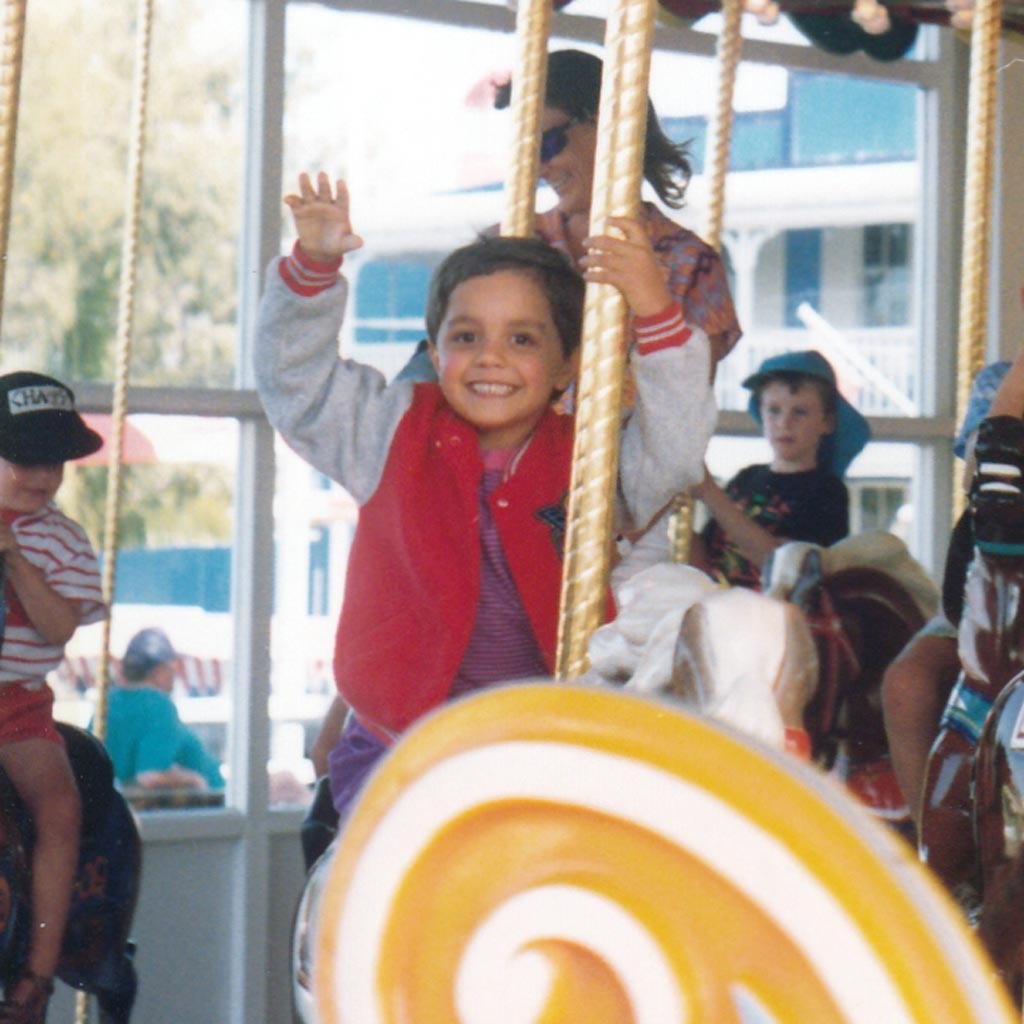
Table of contents
How autistic folks’ attempts to connect can backfire
Friendless as I was, I would tend the fires of my passion in quiet solitude, sometimes for weeks, if not months.
The merest of kindnesses—a “hello”, a smile, a polite question—had the effect of kerosene, sending flames bursting outwards.
It seemed irrefutable that others should prize the tender morsels of information I dispensed as much as I did. It didn’t even enter into my mind that the case might be quite the opposite.
Words would rush forward in great exuberant billows, and in my naivete, I would fail to read the blank looks I was inevitably met with.
These attempts to connect ironically had the inverse effect of creating disconnection.
And so the distance between me and other kids would only grow, until we stood upon different hilltops, regarding one another warily through binoculars of mutual unease.
A ‘disastrous’ deed
While my show-and-tell sessions rarely drew more than polite applause, the desire to infect others with my passion remained.
Maybe what was required, I thought, was something of more obvious value. I set my eyes on one of my mother’s rings: a silver band set with a single, brilliant sapphire.
I asked to borrow it, explaining that my purpose was to use it as a show-and-tell prop. Yes, I promised, I would bring it home that afternoon, and reluctantly, my mother agreed to lend the ring.
Arriving at school early the next day, I sat on the steps of my demountable classroom, toying with the ring and the idea of the warm reception that must surely await.
A classmate appeared, depositing her backpack on the rack that passed for school lockers. Accompanying her was a woman I assumed must be her mother.
Joanna was transferring to another school, and today was to be her last day. I considered this tidbit. Joanna wasn’t exactly a friend, but wouldn’t it be nice if I offered her the ring?
After all, this was a special occasion. And wasn’t it considered normal to present gifts on special occasions?
Indecision wracked my mind. I had given my word that I would return it to my mother.
Yet if there was anything I understood about human relationships, it was that they were transactional. If I wanted people to like me, I would need to take the initiative.
My mind made, I stood up.
“Hey, Joanna.” She turned. “This is for you.” Joanna considered the ring, shyly teasing a blonde curl. Not understanding. “It’s a going-away gift,” I added.
“Well, that’s very nice you.” This response came not from Joanna, but her mother. A smirk eased onto her face. It was an expression I could not read, and which nevertheless made me uneasy.
“Joanna, what you say?” Joanna’s blank expression split into a smile.
“Thank you,” she said. And took the ring from me.
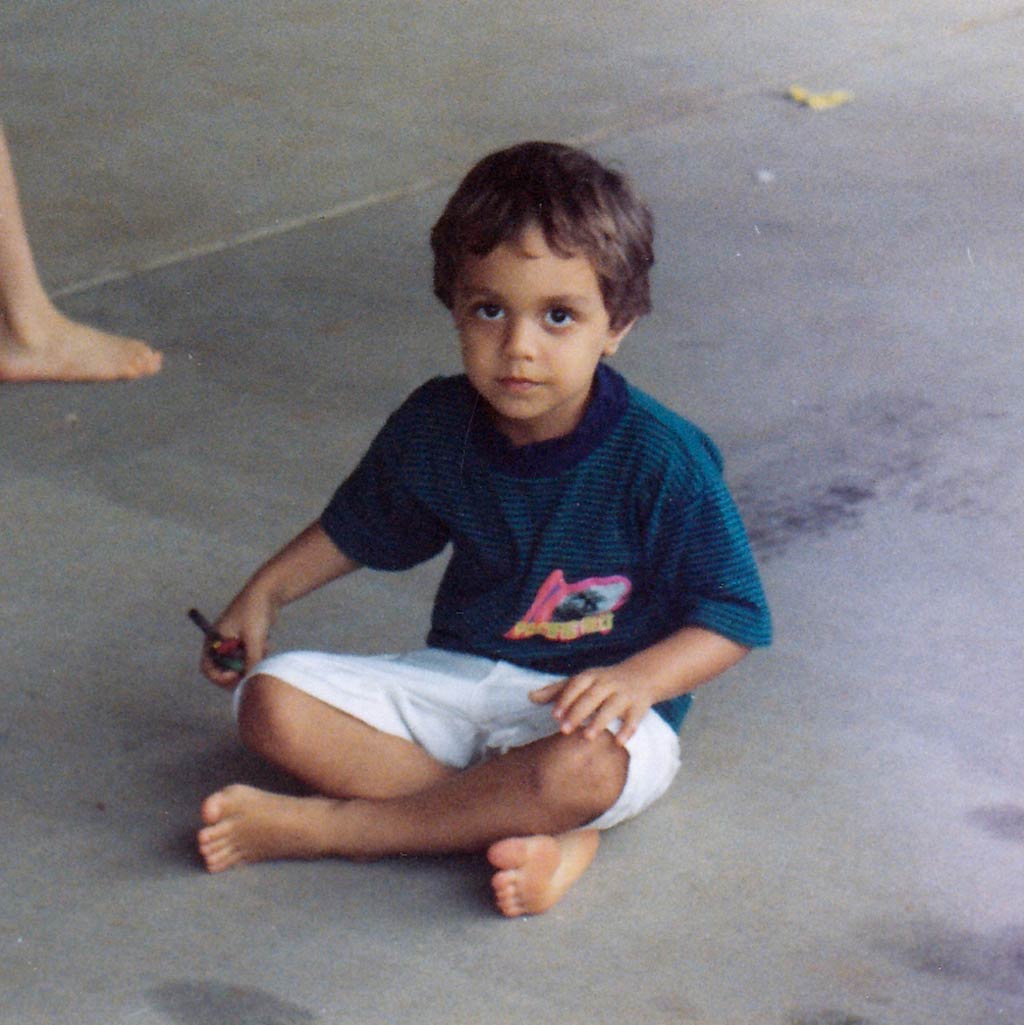
Stupidity, not disability
Less than an hour later, however, my doubt had deepened, becoming a dead weight upon my conscience.
Having had the time to consider my impulsive act, I realized that there would inevitably be consequences.
But when I returned home, hangdog, there was no blame and no bluster. Instead, my faltering explanation was met with silence.
It was as if my mother had all along suspected that something like this might happen.
The absence of a reaction stung. It felt like an affirmation of an unspoken truth: that I was stupid.
I promised my mother that I would try to get the ring back. But when I returned to school the next day, Joanna was gone, and my attempts to reach her through one of her friends came to nothing.
The wounds of systemic ableism
This memory remains enshrined not as an act of shameless exploitation by an adult who had undoubtedly known better, but as one of the most disastrous acts of my youth.
When I reminded my mother of the incident more than two decades later, she couldn’t recall ever having the ring, let alone my blunder.
Yet how could she not? Was this possession not as precious as I had long imagined it to be?
To me, this incident reflected a longstanding habit of socially inappropriate behavior, which I would later learn was all too common among those with autism and ADHD.
Yet for something so poignant as this to have had no lingering significance to the one person it should have, surprised me.
Just like the casual dismissals, the way people ignored me or cut in line ahead of me on the handball court, I had notarized this event as just one more proof of my inferiority.
And gradually, I had retreated behind the walls of a crumbling bastion of false pride, manned by sentinels of shame and self-criticism.
It was a lonely existence, but it was safe, in that it was largely unpeopled by those who seemed to so scorn me on the basis of who I was.
In my mid-20s, I received a diagnosis of autism, and later ADHD at the age of 35, and this would crystallize for me that it was not so much who, as what.
At last, the faultline that ran through the foundations of my social life had a source. At last, I knew that I was not broken, but a survivor of a society grounded in systemic ableism.
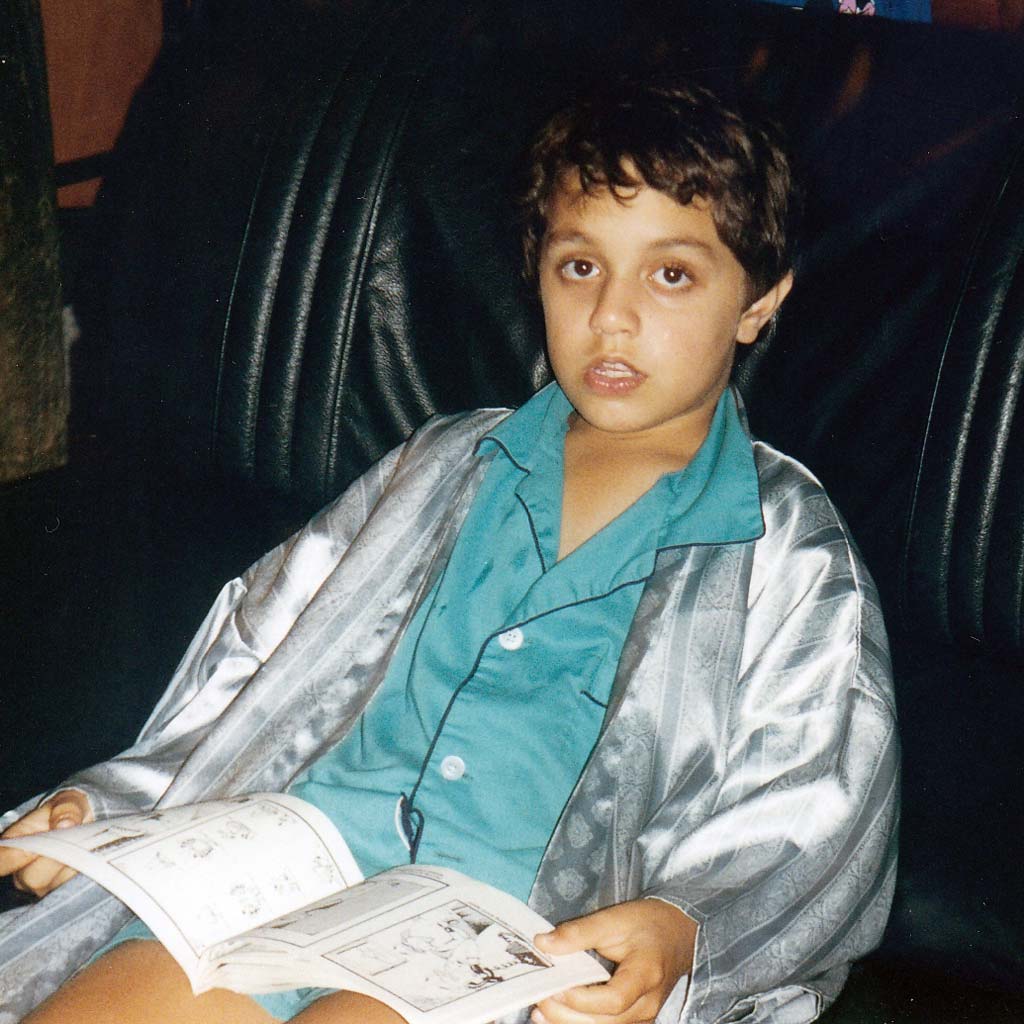
The catch-22 of being autistic
Yet until the moment of my diagnosis, I had no choice but to stumble my way through the intricate dance of social connection.
This dance was a necessary precursor to the embrace of friendship. And yet to me, it seemed frivolous and a waste of effort and time.
Others did not share this view. Nor did they see the virtues of my info-dumping, my dispensing with social niceties, and my papercut directness.
Without their friendship, there was often no socially acceptable basis for the sharing of interests I longed for.
But I persevere, storming the dancefloor, shirtfronting potential partners, and treading all over on their toes.
With my prospects of friendship on the rocks, I was deprived of the emotional support many individuals who are neurodiverse (ND) need in order to navigate a world built for neurotypicals (NTs), also referred to in some NT circles as “normies”.
I also missed out on the social coaching that might have otherwise helped prevent my missteps.
Without the ND label, my only frame of reference was the one bestowed on me: a belief that I was a person whose lack was the result of choice or some personal flaw.
The allure of the life interior
While I can see now that autism and ADHD were the source of my social cluelessness, memories of my school years continue to pain me today.
One of the earliest and most enduring was being invited to join a game of prisoner’s base in kindergarten.
“Tagged” by a member of the opposing team, I was taken prisoner and deposited in an imaginary cell under the jungle gym. Here I was expected to remain, awaiting rescue.
In my imagination, this did not simply represent a return to play, but rather an acknowledgment that I was worthy. Evidence that someone—anyone—cared about me. But that rescue never came to pass. I was left forgotten until the bell for class rang.
Hurt and confused, I took a vow of social abstinence, using my lunch break to play make-believe on my own or to read.
This solidified my status as an outsider, denying me the warmth of others’ company, of which my own fire was but a weak imitation. Still, what else was there?
When fiction-based escapism was not jostling for my attention, I tended to various projects of my own devising.
The first involved catching and cataloging the myriad insects living in my backyard. This was followed by a compulsive desire to write sprawling portal fantasy novels.
During another period, I populated a length of green marble A1 card stock with designs for an adventure board game of my own devising.
The game was meant to be played with at least four friends; that I was entirely lacking this requisite was a consideration I chose not to dwell on.
It was, for the most part, a life interior. But eventually, it became a prison of self-narration.
“You are worthless. You are unloveable,” went the familiar refrain, a refrain seemingly substantiated by my continued isolation.
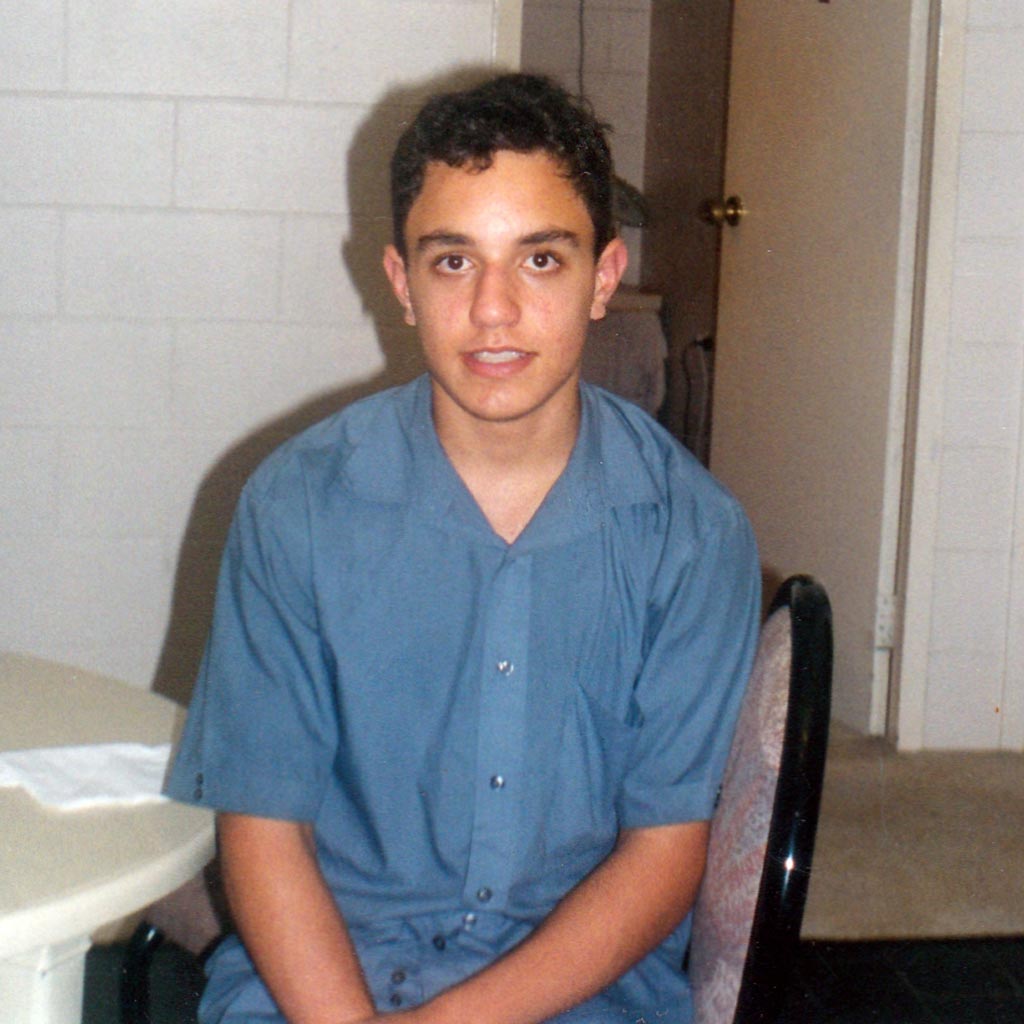
Freedom by diagnosis
My life is sharply divided between two very distinct periods: before I came into my ND identity, and after.
“Before” resembled a black-and-white etching. But in the months and years that followed, this etching became saturated with color, slowly assuming the richness and depth of an oil painting.
Liberated of one label—being a “bad” person—and awarded another—”neurodiverse”—I began to consider myself in a new light.
The critical dictator in my head was dethroned, his antique reign gave way to a democracy of thought grounded in self-compassion.
I came to understand that the shame I carried was undeserved. That I was not at fault for the unusual architecture of my mind. That I was a person of value. That I needn’t live a life sentence of “if only”.
The skills I lacked could be learned. As for the friendships that had failed to take seed—these could be nourished into new life.
With enough effort and persistence, the connection I had once craved when standing before my class during show-and-tell could be mine.

Essy Knopf is a therapist who likes to explore what it means to be neurodivergent and queer. Subscribe to get all new posts sent directly to your inbox.
© 2024 Ehsan "Essy" Knopf. Any views or opinions represented in this blog are personal and belong solely to the blog owner and do not represent those of people, institutions or organizations that the owner may or may not be associated with in professional or personal capacity, unless explicitly stated. All content found on the EssyKnopf.com website and affiliated social media accounts were created for informational purposes only and should not be treated as a substitute for the advice of qualified medical or mental health professionals. Always follow the advice of your designated provider.


